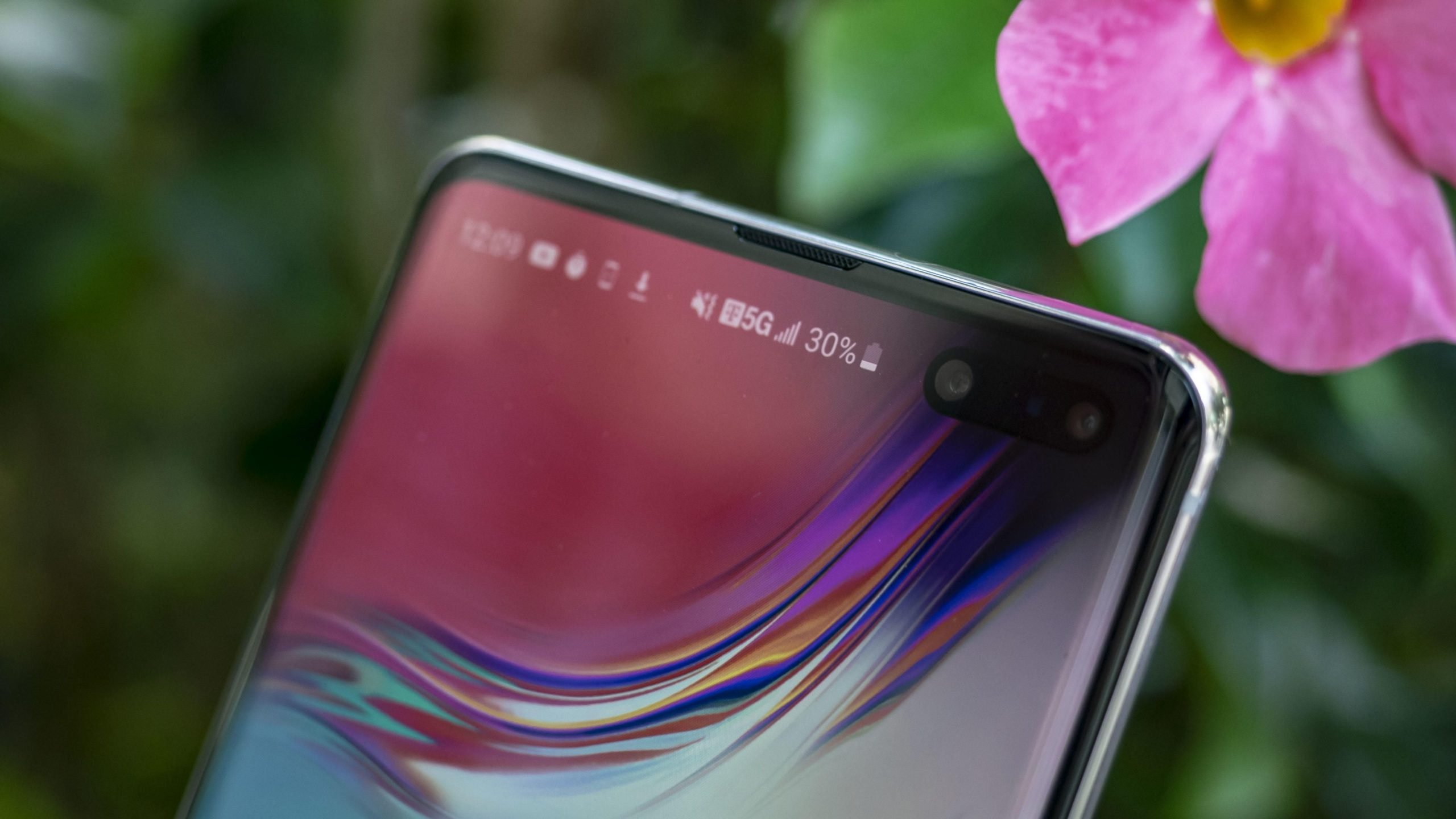
 And another one’s gone. With the Justice Department today signing off on T-Mobile’s $26.5 billion acquisition of Sprint, the number of nationwide wireless carriers is for the moment has dropped to three. But the newly formed company has the potential to be much more than Sprint and the scrappy underdog T-Mobile were before. In both network coverage and subscriber numbers it could become a significant rival of Verizon and AT&T.
And another one’s gone. With the Justice Department today signing off on T-Mobile’s $26.5 billion acquisition of Sprint, the number of nationwide wireless carriers is for the moment has dropped to three. But the newly formed company has the potential to be much more than Sprint and the scrappy underdog T-Mobile were before. In both network coverage and subscriber numbers it could become a significant rival of Verizon and AT&T.
The merged mobile carrier — which will use the T-Mobile name — will have a combined 135.8 million subscribers, not far behind No. 1 Verizon’s 158 million and No. 2 AT&T’s 155.7 million. Perhaps most importantly for those 135.8 million customers, the merged carrier with its broader coverage will have a running start at building out perhaps the first usable 5G network that spans the country.
And the merger — which has been in the works for a year and is expected to close by the second half of the year — comes at the start of pre-holiday new-phone season, with devices expected from Samsung, Apple, Google and others. The combined carrier may very well offer these phones as incentives to get you to switch.
Here’s what we know today about the new wireless company to help you decide if you should jump over to T-Mobile.
What will the combined wireless coverage be like
For 4G coverage — Verizon and T-Mobile are neck and neck at 94 percent coverage of country, according to OpenSignal, a mobile analytics company. AT&T is next at 89 percent, with Sprint hitting 88 percent.
And the new T-Mobile said it plans to eventually offer coverage to 99 percent of Americans.

OpenSignal
What about the combined 5G coverage
5G is a more interesting story. The major US carriers provide 5G coverage over a range of spectrum bands, and each carrier’s mix of bands determines their coverage. At one end is “sub-6,” which is extremely efficient and reliable at providing connections over long distances, indoors and out. On the other end, is millimeter wave, or “mmWave,” which offers higher capacity, but over much, much shorter distances. And mmWave reception fussier indoors, with seemingly everything — walls, glass, hands — capable of blocking the signal.
T-Mobile is strong on both the long-distance sub-6 side and the short-distance mmWave side. Sprint’s strength lies in the midrange spectrum between the two extremes. So, T-Mobile’s and Sprint’s combined spectrum should deliver broad, fast and reliable 5G coverage, especially in rural regions, which have lagged behind cities in access to fast connectivity.
As part of the deal, T-Mobile has agreed to aggressively roll out 5G to 97 percent of the US population in three years. And in six years, that number goes 99 percent. In rural areas, T-Mobile will have 5G coverage for 85 percent of the population in three years, and then 90 percent in six years. And T-Mobile also agreed to provide mobile broadband service in rural areas as part of the deal.
Where are the major carriers now with the 5G rollout
Right now, Sprint has turned on its 5G networks in five metropolitan areas: Atlanta, Chicago, Dallas-Fort Worth, Houston and Kansas City. T-Mobile has 5G networks in six cities: Atlanta, Cleveland, Dallas, Las Vegas, Los Angeles and New York.
For comparison, AT&T has 5G up in 20 cities across 11 states — from California to North Carolina — but instead of citywide coverage, its initial rollout is via 5G hotspots that create wireless networking pockets. Verizon is live with 5G in Chicago, Denver, Minneapolis-St. Paul, and Providence, Rhode Island.
(If you want to keep track check where 5G is available — or isn’t — available in your area, Ookla is monitoring the global rollout of 5G networks through its Speedtest.netservice. With its handy interactive map, you can drill down to the city-level to see who is — or isn’t– deploying 5G.)

Ookla
What about Dish and a new fourth nationwide wireless carrier
As part of the approval process, T-Mobile said it will sell some of Sprint’s assets to the Dish satellite company, creating a new fourth nationwide carrier. Dish will get spectrum, Sprint’s Boost and Virgin Mobile businesses — and prepaid customers — and access to T-Mobile’s wireless network for several years to help kickstart its own wireless service.
The major carriers are all working to attract subscribers, offering everything from affordable data plans to a free one-year subscription to Netflix.
Sprint has a compelling “Switch to Sprint” program that gives you up to $650 to cover the costs of switching carriers, such as buying out a phone contract. T-Mobile has a similar offer.
And T-Mobile should have plenty of devices — especially 5G-ready phones and perhaps the Samsung Galaxy Fold — it can dangle in front of you to entice you sign up.
If it doesn’t already, I’d be shocked T-Mobile it doesn’t soon have a handful of switchover deals to tempt you to sign up.
Should you switch now
With the merger, T-Mobile promises a network that’ll provide nationwide service at predictable price: As part of the deal, T-Mobile has agreed to hold its prices steady for three years. With its broad coverage, promise of keeping prices steady and strength in 5G, the new T-Mobile should no longer be an alternate choice when shopping for a US wireless carrier. If you are looking to switch, now may be a good time.
[“source=cnet”]

